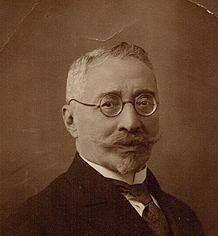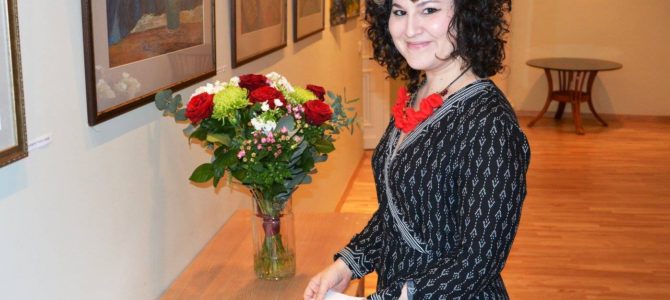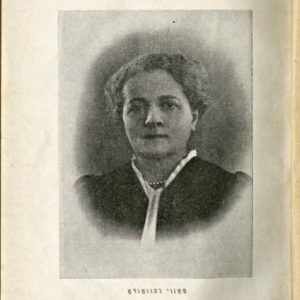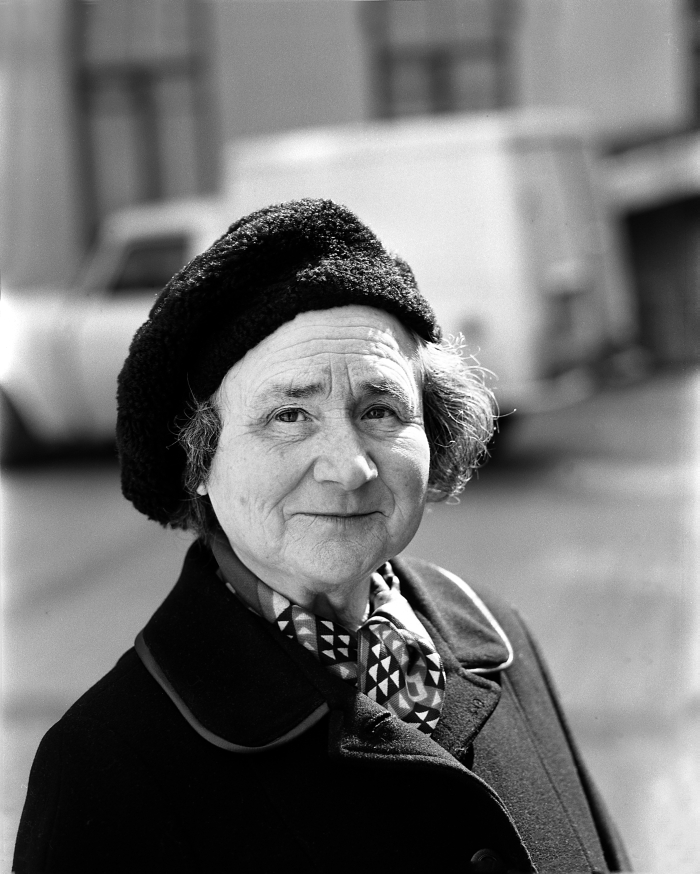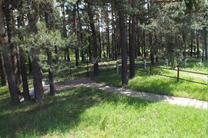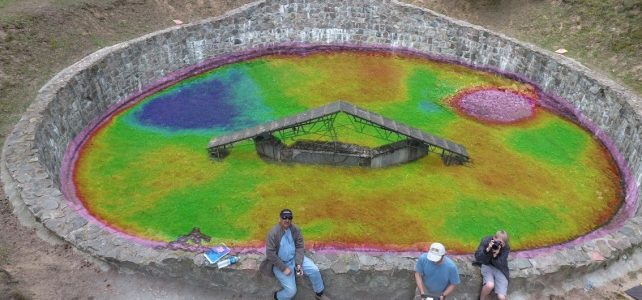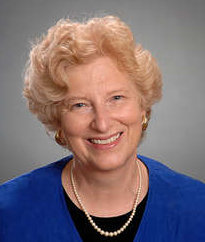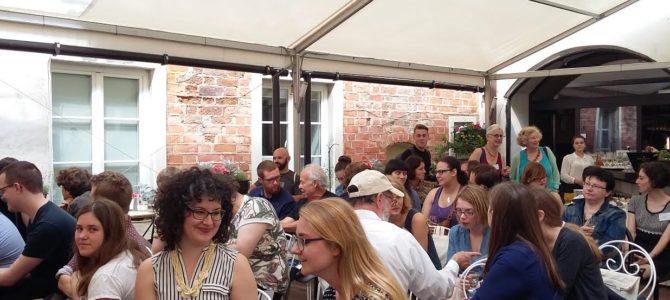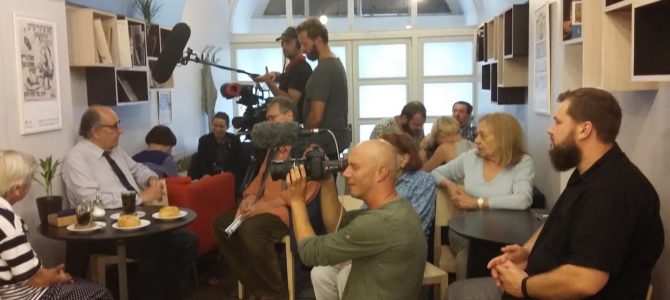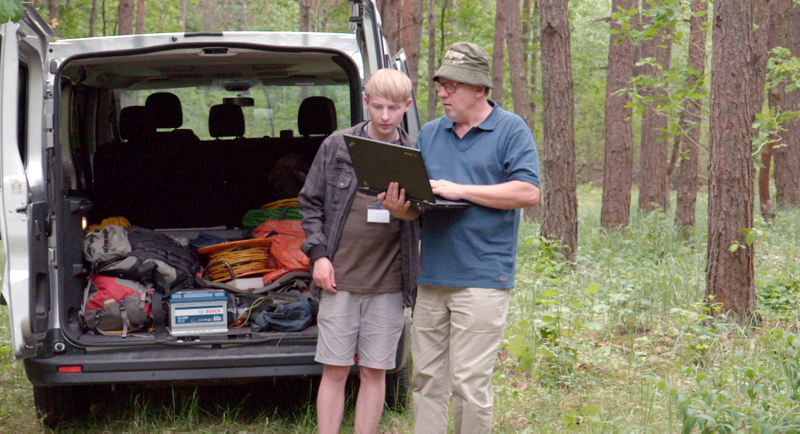
Photo: Ezra Wolfinger/NOVA
Historical Discovery in Lithuania: The Escape Tunnel of the “Burning Brigade” in Ponar (Paneriai) Has Been Rediscovered
For the first time since the Holocaust the famous tunnel used by the prisoners of Ponar to escape from the Nazis has been located using new technologies for underground predictive scanning.
In an exciting new discovery using electric resistivity tomography at the Ponar massacre site near Vilnius in Lithuania, the escape tunnel used by the so called “burning brigade” to elude captivity and certain death at the hands of the Nazis has been pinpointed.
Some 100,00 people, of whom 70,000 were Jews originating in Vilna and the surrounding area, were massacred and thrown into pits in the Ponar forest near the Lithuanian capital during World War II. With the retreat of the German forces on the eastern front and the advance of the Red Army, a special unit was formed in 1943 with the task of covering up the tracks of the genocide. In Ponar this task was assigned to a group of 80 prisoners from the Stutthof concentration camp.
At night the prisoners were held in a deep pit, previously used for the execution of Vilna’s Jews, while during the day they worked to open the mass graves, pile up the corpses on logs cut from the forest, cover them with fuel and incinerate them. All the while their legs were shackled and the worked in the full knowledge that on the completion of their horrendous task, they, too, would be murdered by their captors. Some of the workers decided to escape by digging a tunnel from the pit that was their prison. For three months they dug a tunnel some 35 meters in length, using only spoons and their hands. On the night of April 15, 1944, the escape was made. The prisoners cut their leg shackles with a nail file, and 40 of them crawled through the narrow tunnel. Unfortunately they were quickly discovered by the guards and many were shot. Only 15 managed to cut the fence of the camp and escape into the forest. Twelve reached partisan forces and survived the war.
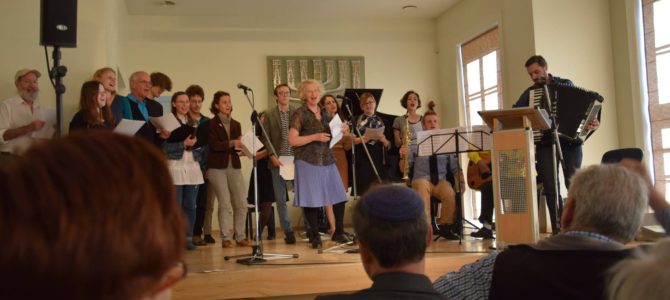


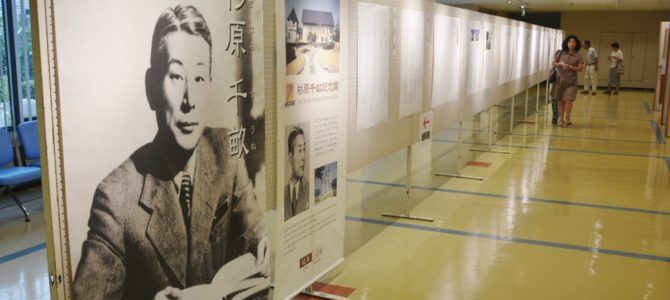

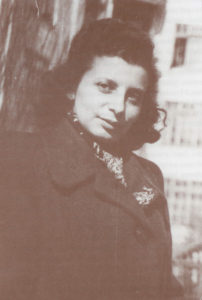 Fira Bramson in 1949
Fira Bramson in 1949